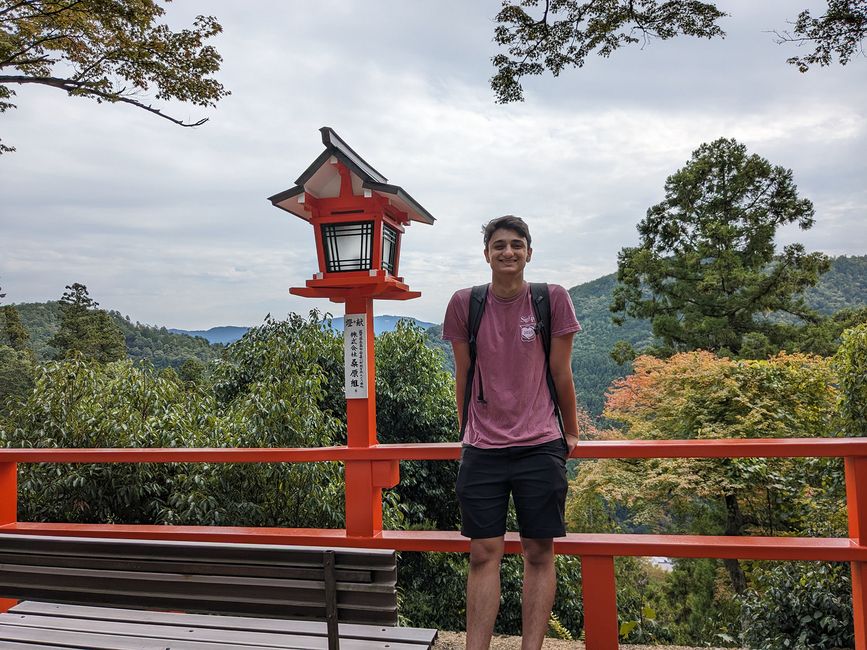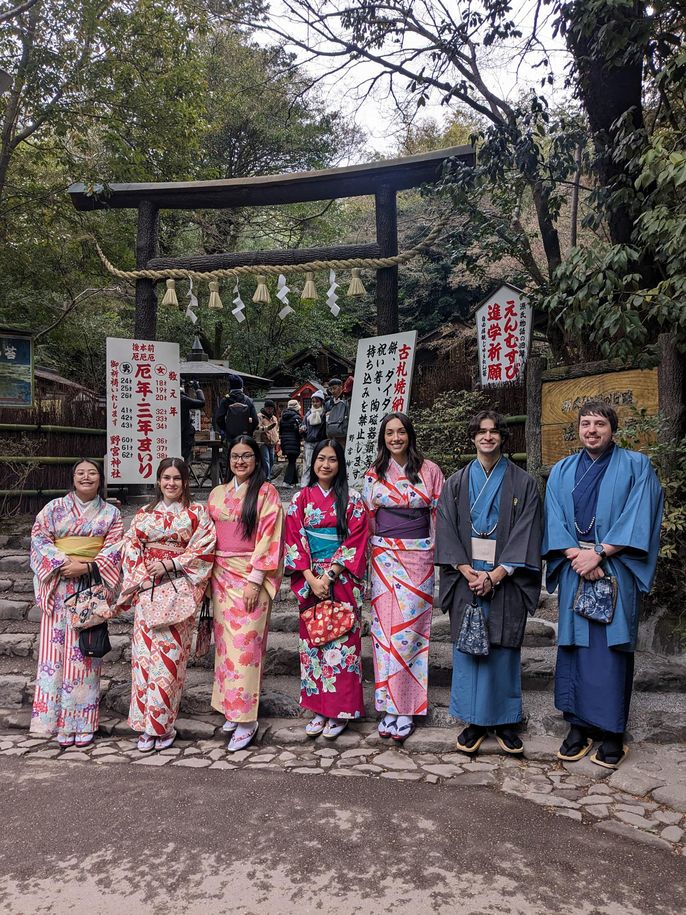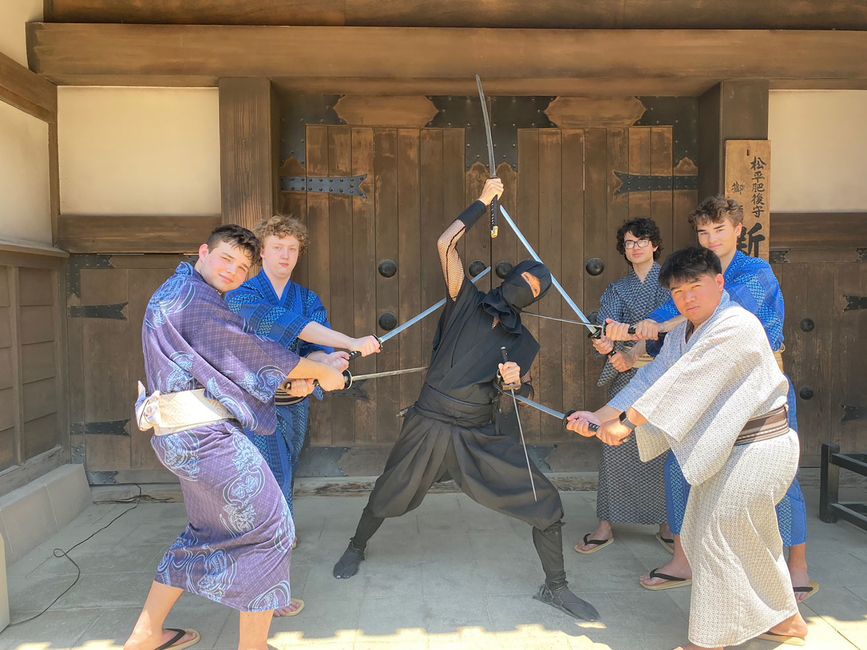Top 6 Differences Between Japanese High Schools and American High Schools
If you're considering high school study abroad in Japan, get ready for a unique experience that differs significantly from a typical teenager's life in the U.S.
From the way students commute to school to their daily routines, Japanese high school life is a fascinating reflection of unique cultural values and practices. Here are some key differences between Japanese high schools and American high schools.
1. Transportation
In Japan, students don't drive cars to school. In fact, you can only get a license at age 18. Instead, they walk, ride bicycles, or take public transportation. Transportation is a daily commitment. It's not uncommon for students to spend two or more hours each day commuting. Japan is known for its highly efficient public transportation, especially within urban areas and between large cities. Japanese public transportation is punctual and clean and is the preferred mode of transport for many people, especially in cities.
2. Uniforms and School Slippers
Uniformity is a key aspect of Japanese high school life. All students adhere to a strict dress code, which always includes a Japanese high school uniform and often prohibits earrings, piercings, and nail polish. Upon arrival at school, students change into school slippers, often color-coded for gender, further enhancing the sense of order and discipline. Wearing different shoes outdoors and indoors is typical everywhere in Japan and is seen as integral to keeping a clean indoor space.
3. School Rules Extend Beyond the Campus
In the US, students only must follow school rules during campus hours. But in Japan, school rules also apply on the way to and from school or whenever students are in their school uniforms, representing their school. School policies may prohibit activities such as chewing gum, consuming snacks, or reading books while walking—anything that might negatively impact the school's reputation. Policies may require students to stand on public transit to leave seats open for other passengers, demonstrating respect and consideration. However, in practice, students tend to relax about these rules when they are farther away from school.
4. Classroom Dynamics and Grades
Unlike in American high schools, where students move from classroom to classroom, in the Japanese high school schedule, students remain in homeroom classrooms most of the day while teachers move from room to room. In most schools, students stay in their homeroom during lunch; it is rare for a Japanese high school to have a cafeteria. Students move only for specific classes like physical education, lab sessions, or other subjects requiring special facilities. This system fosters a strong sense of community among students within each class.
One similarity between American and Japanese high schools is the grading system. The Japanese grading system includes a GPA that is based on a 4.0 system, and individual assignments or class grades are based on percentages. For instance, scores between 80-89% are considered the second highest grade, while 90-100% represents the highest grade.
5. Cleaning Duties (O Soji)
In Japan, the students are the janitors. Each school day ends with a period of communal cleaning known as “o soji.” Students sweep classrooms and hallways, empty trash cans, clean restrooms, wipe down chalkboards, and pick up litter from the school grounds. This practice instills a sense of stewardship, communal ownership, and responsibility for the school. After cleaning, students usually disperse for club meetings. Everyone pitches in!
6. Club Activities (Bukatsu)
Club activities, or “bukatsu,” play a significant role in Japanese high school life. Clubs meet after school daily, with teachers assigned as sponsors. However, students really run the show, often leading all activities. Club themes vary, including sports (baseball, soccer, judo, kendo, track, tennis, swimming, etc.) and culture (English, film, calligraphy, science, etc.).
New students are encouraged to select a club shortly after the school year starts in April. Club meetings last about two hours and occur every day of the school week and even over school vacations. It is rare for a student to not be in a club, so if you plan to study abroad in Japan, think about what club you would like to join. Club activities are a central part of student life.
Go behind the scenes in Japan with one of our high school abroad participants to learn more about their experience!
7. School Year
So, when does school start in Japan? In Japan, the high school year begins during the springtime, coinciding with the beautiful cherry blossom festival. This period, known as "sakura," symbolizes new beginnings. Japanese high school typically starts at age 15 or 16 and lasts three years.
What’s It Like to Go to High School in Japan?
While American high schools and Japanese high schools aim to educate and prepare students for the future, their respective cultures shape their approaches. From the daily commute and uniform policies to the structure of the school day and the emphasis on communal responsibility, these differences highlight the unique ways in which each country values education and student development.
Are you fascinated by the unique aspects of Japanese high schools and want to experience Japan's rich cultural practices and educational systems? Consider immersing yourself for a semester, trimester, or academic year on a high school semester abroad adventure in Japan. Schedule a call with a CIEE Enrollment Coordinator who can answer any questions you have about studying at a Japanese high school.





